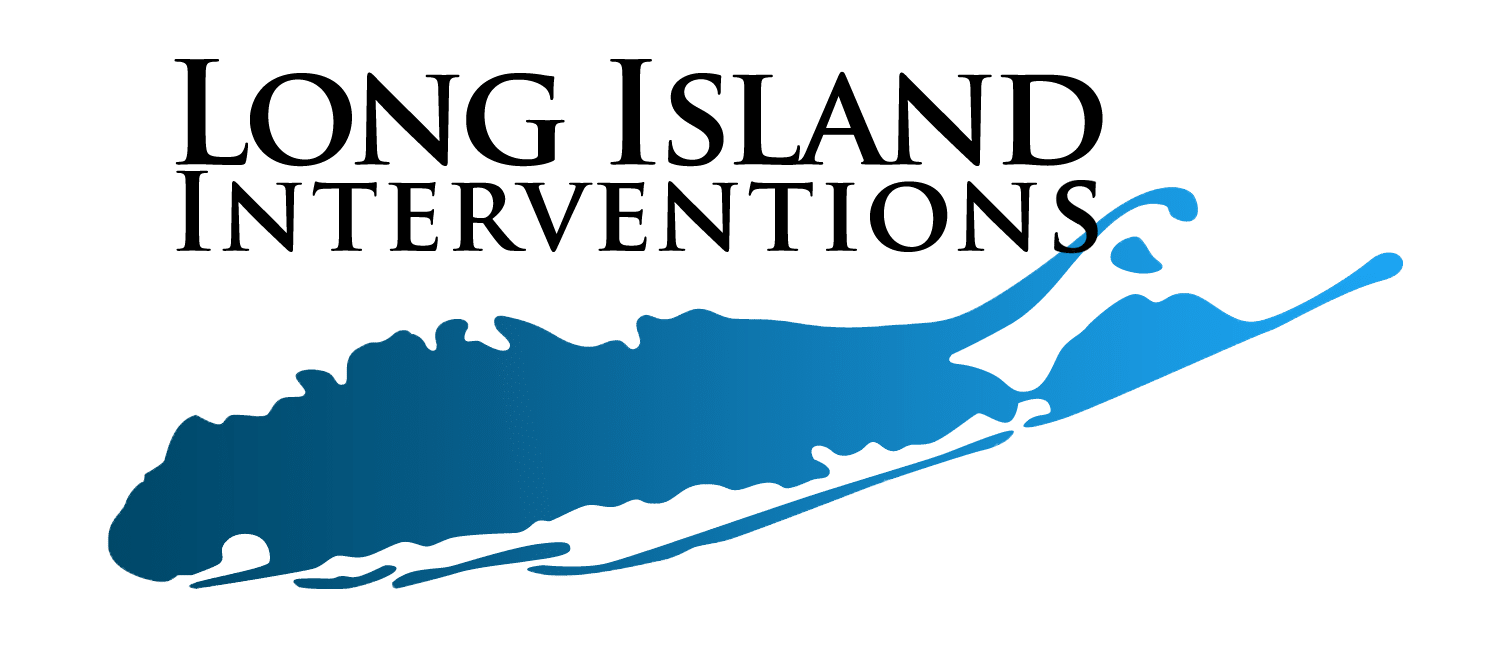When someone abuses drugs, medications, or alcohol their physical and mental well-being will be negatively impacted. People around a person who struggles with addiction often find themselves stressed when they watch the person they love and care about wither because of their abuse disorder.
Several types of intervention strategies are available and each can work for a specific situation. In this article, we’ll talk about eight different types of intervention strategies and what to expect during each one.
Table of Contents
What are the Different Types of Intervention Strategies?
Studies show that interventions can actually help someone confront their addiction and become sober. Direct and indirect interventions work for different situations, depending on the person’s addiction, its severity, mental health issues, family situation, and previous treatment attempts.
Direct interventions are the most common type of intervention, and they include family members, close friends, and coworkers of a person with an addiction issue. These people come together to face the person with substance use disorder with their destructive behavior and its consequences.
Effective interventions can be intense and emotional but they often encourage the person in question to seek professional help and begin their detox journey. They usually involve the participation of an intervention specialist like a doctor or counselor who provides guidance and manages the meeting while presenting the person with an addiction with all the available treatment options.
Indirect interventions work if the person who abuses drugs or alcohol is unable to participate in an intervention meeting. During these indirect interventions, decisions are taken on their behalf without them actively participating in these meetings. Family and friends will stage an intervention if the person battling an addiction is afraid to ask for help.
All decisions regarding the recovery journey will be set ahead of time with the help of a professional interventionist. The person battling an addiction will be presented with several inpatient and outpatient treatment options, hoping that they’ll agree to commit to one.
Forcible intervention is a subcategory of indirect interventions. During these interventions, a person with an addiction will be admitted to a treatment facility or detox center against their will. Here’s a breakdown of all the popular types of intervention.
1. Simple Intervention
This type of direct intervention can be successful if the person you’re concerned about doesn’t have a serious addiction problem. All types of addiction can be dangerous, but if the person doesn’t suffer from another mental issue or hasn’t been abusing drugs or alcohol for long, a simple intervention might work.
It involves the presence of one person, usually a partner, sibling, close friend, or even the child of a person who battles addiction. They will confront them with their behavioral issues and explain how they impact them.
Since there’s only one person involved in this meeting, a person who denies their addiction will likely walk out on them. Having an intervention specialist explain the consequences of addiction to the person who suffers from this disorder can make this meeting more successful.
2. Classic Intervention
This is the most common type of intervention, where friends and family will stage an intervention that confronts the person with their addiction and how it affects everyone. Classic interventions help people with ongoing addiction issues and those who suffer from mental issues after a dual diagnosis.
When the person refuses to seek help, an intervention specialist might forcibly admit them to a treatment facility against their will. In this case, a classic intervention becomes a forcible intervention.
Following a Confrontational Model of Intervention is a common approach. It involves family and friends directly confronting a loved one with the consequences of their behavior. In the past, these meetings involved directly blaming the person with addiction, and pushing them to feel guilty.
Today, a specialist will confront the person who struggles with substance or alcohol abuse without trying to shame them. People with an addiction problem are more likely to respond to an intervention if it isn’t negative.
One study showed that people were more likely to get back to addiction when they weren’t supported enough. This is why an interventionist should present various treatment options and provide support to encourage the person with an addiction to seek help.
3. Crisis Intervention
A crisis intervention is necessary if the person is threatening to hurt themselves or is dealing with severe health and mental health issues. For example, if a person who is battling addiction has suicidal thoughts, has threatened to hurt themselves or others, or is currently dealing with serious legal issues, a crisis intervention will be needed.
Family and friends will stage this intervention if the person with an addiction suffers from financial and family issues that impact those around them. This is why it requires careful planning.
For example, a crisis intervention might be needed if an alcoholic mother is neglecting her children and her neighbors are taking care of her kids. In this case, these people will hold her responsible and stop their enabling behavior to encourage her to get sober.
4. Tough Love Intervention
A tough love intervention is common when people around the person battling an addiction are enablers. They might have difficulty saying no to the person who battles addiction but they need to help them recover.
During this intervention, family and friends might have to take action to discourage addiction. For example, a partner might pursue custody if their partner doesn’t want to quit their drug or alcohol abuse.
These interventions can be extremely emotional as they involve threats. For example, a person might cut ties with a person who battles addiction or deny someone access to their bank account.
The presence of an interventionist is crucial because they’ll support the person with an addiction. This person might feel like everyone is turning against them, cutting off personal relationships, financial aid, and all types of support. An intervention specialist will present them with treatment plans to help them overcome their addiction and recover.
5. The Johnson Model of Intervention
This type of intervention focuses on educating a family member, friend, or caregiver to confront the person with an addiction and encourage them to seek help. Unlike the Confrontational Model of Intervention, which highlights the person’s negative behavioral patterns, this modern approach focuses on support.
Although it’s successful, this model of intervention relies more on the willingness of a caregiver to participate in the intervention process. Unless someone can devote their time and energy to this role, this intervention won’t be successful.
6. Love First Approach to Intervention
This is a more compassionate approach to direct interventions, with more support and compassion towards the person who battles addiction. It involves listing ways family and friends are willing to support the person with an abuse issue if they choose to seek therapy.
During this type of intervention, the person battling an addiction is likely to become resistant, making excuses for refusing to seek therapy. Friends and family members should remain cool and explain that they’re willing to help by providing financial and emotional support.
For example, one family member might offer to pay for a treatment facility or take in the person’s children until they’ve recovered. Writing emotional love letters is common in these types of interventions because they can help the person with addiction realize how much they mean to those around them. However, those involved in the meeting should also list the consequences of refusing therapy.
7. ARISE Intervention
This type of intervention model combines direct and indirect intervention techniques by offering family therapy and support. It involves teaching family members how to deal with a person who battles addiction during and after their recovery.
ARISE interventions are successful because they target the core of an addiction issue if it’s caused by family dynamics. It stems from the link between family dynamics and how they impact and even encourage addiction.
For example, it involves talking with family members and analyzing problems that might lead to substance abuse in the first place. This type of intervention also identifies and aims to stop codependent and enabling behavioral patterns that encourage addiction.
8. CRAFT Intervention
This intervention method doesn’t involve direct confrontation but focuses on self-care and setting goals for people with an addiction to seek help. During this meeting, the intervention specialist will identify the patient’s triggers that push them to seek help.
Craft interventions aim to teach people with addiction communication skills, self-care skills, and problem-solving skills. The purpose of this type of intervention is to encourage a person to seek help without using alcohol or drugs.
Wrap Up
Different types of direct and indirect interventions can work to help people who battle drug and alcohol abuse. Some types of intervention can involve confronting the person who battles addiction with their issues and how these actions affect those around them.
Since some interventions can be extremely emotional, an intervention specialist is needed to control the meeting and offer various treatment options to help the person battling an addiction and their family and friends.
Before staging an intervention, talking with a specialist will help you decide on the best approach to tackle the problem. Educating people around the person who battles addiction will increase the possibility of recovery.
References
- https://www.ncbi.nlm.nih.gov/pmc/articles/PMC4031575/
- https://www.helpguide.org/articles/addictions/substance-abuse-and-mental-health.htm
- https://www.ncbi.nlm.nih.gov/books/NBK571073/box/ch1.b5/?report=objectonly
- https://pubmed.ncbi.nlm.nih.gov/8326047/
- https://pubmed.ncbi.nlm.nih.gov/8841685/
- https://www.ncbi.nlm.nih.gov/books/NBK571087/

